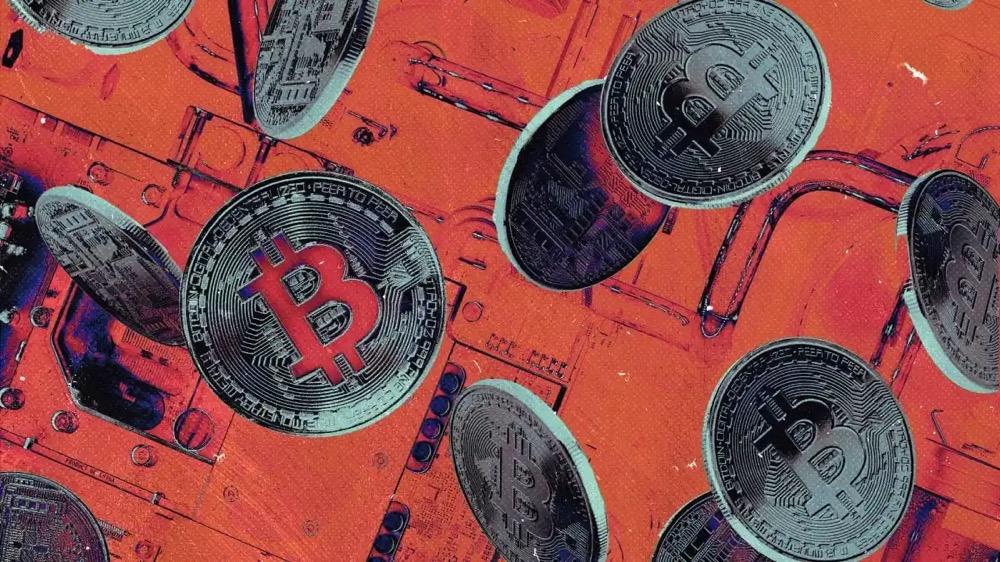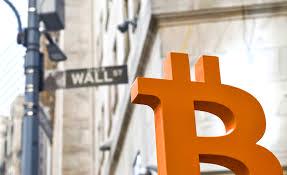Google Cloud test eigen blockchain voor betalingen
2025/08/28 02:01
Connect met Like-minded Crypto Enthusiasts! Connect op Discord! Check onze Discord Google Cloud zet een grote stap in de blockchain wereld met de ontwikkeling van een eigen Layer 1 blockchain, namelijk Google Cloud Universal Ledger (Ticker: GCUL). Het project bevindt zich momenteel in de private testnet fase en moet dienen als infrastructuur voor financiële instellingen wereldwijd. Daarmee positioneert Google zich niet alleen als aanbieder van cloud oplossingen voor bestaande blockchains, maar ook als bouwer van een volledig nieuw protocol. Doelen van het project Het belangrijkste doel van GCUL is het ondersteunen van tokenized assets, 24/7 settlements en Python gebaseerde smart contracts. Google wil hiermee financiële instellingen de mogelijkheid bieden om efficiënter betalingen en transacties af te wikkelen, zonder afhankelijk te zijn van een blockchain. Rich Widmann, hoofd Web3 strategie bij Google Cloud, benadrukt dat GCUL bedoeld is als neutrale oplossing waar elk financieel instituut mee kan bouwen. Volgens Google ligt de focus op het ontwikkelen van een systeem dat niet alleen transacties verwerkt, maar ook bredere toepassingen mogelijk maakt. Google dropping some details on its L1 blockchain (GCUL) over on LI Chain will feature python based smart contracts. Aims to be neutral infra built for finance w/ “native commercial bank money on-chain”, 24/7 cap markets infra, payments and agentic capabilities. Looks like they… pic.twitter.com/cB1vlq3Oyv — Omar (@TheOneandOmsy) August 26, 2025 Met dit project speelt Google in op de groeiende vraag naar snelle en goedkope betaaloplossingen in een tijd waarin traditionele systemen vaak traag en gefragmenteerd zijn. Concurrentie met bestaande netwerken De lancering van GCUL plaatst Google rechtstreeks naast andere grote spelers zoals Stripe en Circle, die ook werken aan eigen blockchains. Stripe ontwikkelt Tempo terwijl Circle met Arc de nadruk legt op stablecoin adoptie en kapitaalmarkten. Het grote verschil zit volgens Google in de neutraliteit van GCUL. Waar Stripe en Circle vooral hun eigen producten en ecosystemen versterken, wil Google een infrastructuur neerzetten die toegankelijk is voor meerdere banken en partners. Dat maakt het project aantrekkelijker voor een brede groep. Toch zijn er kritische geluiden. Sommige analisten vragen zich af in hoeverre een blockchain die volledig door Google wordt gebouwd werkelijk gedecentraliseerd kan zijn. Widmann stelt dat de opzet zo is gemaakt dat bedrijven GCUL zelfstandig kunnen draaien, zonder dat ze afhankelijk zijn van Google zelf. Adoptie door grote bedrijven De samenwerking met CME Group geldt als een vroege validatie van Google’s blockchain ambities. CME test momenteel het gebruik van GCUL voor tokenization en wholesale payments, met de belofte van goedkopere en snellere afwikkeling van onder meer margin, collateral en transactiekosten. Verdere testen met andere partijen staan gepland voor later dit jaar. TO TEST TOKENIZATION LATER THIS YEAR, THE DERIVATIVES TRADING GIANT CME GROUP HAS PARTNERED WITH THE U.S. IT GIANT GOOGLE CLOUD, WITH PLANS TO LAUNCH SERVICES IN 2026! CLASSIFIED FOR PAYMENTS AND STORES OF VALUE, CME GROUP HAS ALREADY LAUNCHED $XRP FUTURES AND LISTED #XRP! pic.twitter.com/JQPgmEDzAr — Tehseen Ahmed (@Tahseenahmed22) March 25, 2025 Daarnaast speculeert de markt dat ook andere grote bedrijven zoals Amazon of Microsoft zich in de toekomst kunnen aansluiten. Google zelf verwacht dat ondernemingen GCUL uiteindelijk zelfstandig gaan gebruiken om hun klanten directer en goedkoper te bedienen. Best wallet - betrouwbare en anonieme wallet Best wallet - betrouwbare en anonieme wallet Meer dan 60 chains beschikbaar voor alle crypto Vroege toegang tot nieuwe projecten Hoge staking belongingen Lage transactiekosten Best wallet review Koop nu via Best Wallet Let op: cryptocurrency is een zeer volatiele en ongereguleerde investering. Doe je eigen onderzoek.
Het bericht Google Cloud test eigen blockchain voor betalingen is geschreven door Timo Bruinsel en verscheen als eerst op Bitcoinmagazine.nl.
Disclaimer: The articles reposted on this site are sourced from public platforms and are provided for informational purposes only. They do not necessarily reflect the views of MEXC. All rights remain with the original authors. If you believe any content infringes on third-party rights, please contact service@support.mexc.com for removal. MEXC makes no guarantees regarding the accuracy, completeness, or timeliness of the content and is not responsible for any actions taken based on the information provided. The content does not constitute financial, legal, or other professional advice, nor should it be considered a recommendation or endorsement by MEXC.
Share Insights
You May Also Like

Inventory of crypto reserves of five major listed companies: After Trump’s election, they accelerated their entry into the market, and Strategy’s floating loss exceeded US$4 billion
In this article, PANews lists 5 listed companies that launched crypto reserve plans. These companies generally increased their investment after Trump won the election. However, with the obvious correction of the crypto market, high-level purchases have led to a general increase in floating losses. Among them, Strategy's floating losses on Bitcoin holdings during this period have exceeded US$4 billion, while Metaplanet, Semler Scientific, SOL Strategies and other companies have also suffered book losses of more than 10 million US dollars, and their stock price performance has also experienced roller coaster-like fluctuations.
Share
PANews2025/04/08 18:04
Share

YZY token aftermath sees 105 traders lose $100k-$1M each in $75M wipeout
The post YZY token aftermath sees 105 traders lose $100k-$1M each in $75M wipeout appeared on BitcoinEthereumNews.com. Kanye West’s YZY token launch has left 105 traders with significant losses between $100,000 and $1 million each, totaling $26 million in combined losses at an average of $250,000 per wallet. According to data shared by Bubblemaps analysis published on Aug. 27, 70,201 traders interacted with the token, resulting in 51,862 tanking losses. West’s controversial token launch on Solana reached a market capitalization over $3 billion before collapsing by over 90% within hours. Data reveals stark inequality in outcomes, with only 11 wallets (0.015%) generating profits exceeding $1 million each. These successful traders captured $18.9 million in combined gains. The loss distribution shows that traders with larger positions bore the heaviest burden. Wallets losing between $10,000 and $100,000 totaled roughly $25.4 million, with 917 addresses sharing an average loss of $27,700. An additional 4,244 traders lost between $1,000 and $10,000, with an average loss of $3,000, resulting in over $13 million. At the extreme end, three traders each lost more than $1 million, resulting in a combined loss of $5.07 million. Only 1% of wallets earned substantial profits Of the 70,201 traders, only 18,333 achieved profitability, representing 26% of total participants. Yet, nearly 86% of them generated profits of up to $1,000, totaling around $1.65 million, with an average profit of $105 for each trader in this cohort. Less than 1% (642 wallets) of the traders generated profits exceeding $10,000 each, capturing a combined gain of $58.8 million, which represents nearly 88% of the total profits. Additionally, 88 traders earned between $100,000 and $1 million each, totaling $24.9 million. Contributing to traders’ losses were structural disadvantages, including 94% insider-controlled initial supply and prohibitive fee structures. The YZY pool operated with a 1% base fee that quickly adjusted to 2.68%; combined with slippage costs, this resulted in an estimated 10% round-trip…
Share
BitcoinEthereumNews2025/08/28 07:08
Share

How Thousands of Nodes Using Multi-Signatures Can Open Up the Future of BTC Restaking
The Mirror Protocol is a truly decentralized and trustless Bitcoin staking protocol.
Share
PANews2024/04/20 13:27
Share